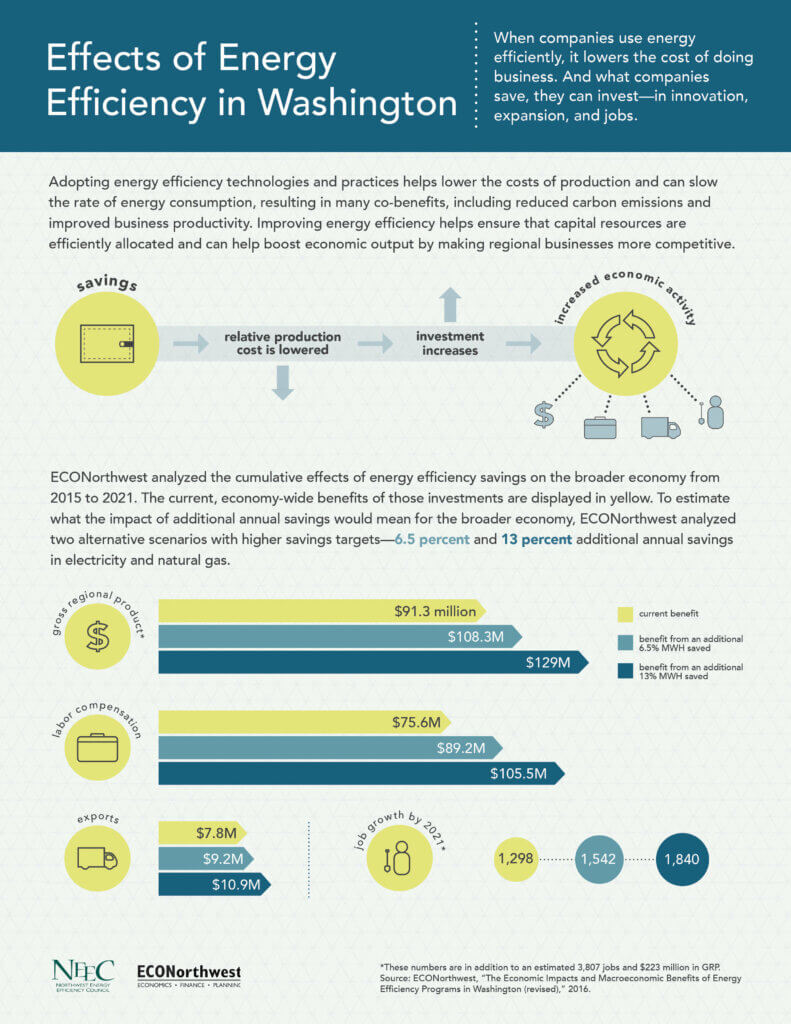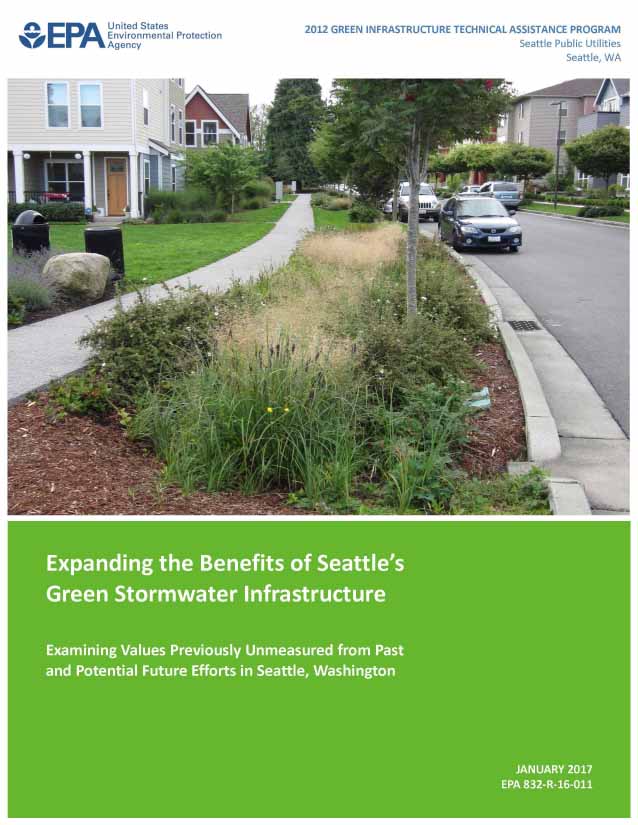After decades of debate and study, a broad coalition of local, state, and tribal partners is moving forward to restore the Deschutes Estuary in the heart of Olympia.
ECONorthwest recently evaluated the economic benefits and tradeoffs of options to manage Capitol Lake–Deschutes Estuary in downtown Olympia. The key to success is a funding plan for sediment management that will ensure the long-term coexistence of the natural estuary and Olympia’s working waterfront and recreational boating in the west bay of Budd Inlet.
 More than half of the US population lives near a coastline. The unique combination of beauty, diversity of wildlife, and economic opportunity in coastal areas is unparalleled. Olympia, WA straddles Budd Inlet, a long finger of the Puget Sound that stretches through the city. For centuries, the Deschutes River emptied into the inlet, mixing its fresh water with the tidal saltwater of the inlet until it met the Sound, and then the open ocean. Areas like this, where fresh and saltwater meet on the margin of the sea, are called estuaries, and they are a jewel of the natural world. Beyond their aesthetic appeal, estuaries provide both ecological and economic benefits. The tidal marshes of a healthy estuary filter pollutants from water; act as a buffer during floods and storm surges; fight erosion and unstable shorelines; and provide a safe, protected place for coastal animals to hatch and raise their young. Although estuaries across the country are threatened by urban growth, there is hope for Olympia’s Deschutes Estuary.
More than half of the US population lives near a coastline. The unique combination of beauty, diversity of wildlife, and economic opportunity in coastal areas is unparalleled. Olympia, WA straddles Budd Inlet, a long finger of the Puget Sound that stretches through the city. For centuries, the Deschutes River emptied into the inlet, mixing its fresh water with the tidal saltwater of the inlet until it met the Sound, and then the open ocean. Areas like this, where fresh and saltwater meet on the margin of the sea, are called estuaries, and they are a jewel of the natural world. Beyond their aesthetic appeal, estuaries provide both ecological and economic benefits. The tidal marshes of a healthy estuary filter pollutants from water; act as a buffer during floods and storm surges; fight erosion and unstable shorelines; and provide a safe, protected place for coastal animals to hatch and raise their young. Although estuaries across the country are threatened by urban growth, there is hope for Olympia’s Deschutes Estuary.
The Deschutes Estuary and Budd Inlet supported human communities long before Europeans arrived. The Squaxin Island Tribe lived, fished, and cultivated oysters in the tidal waters of the inlet and the Deschutes Estuary until their land was ceded to the United States in 1854. As Olympia’s state capitol campus developed over the first half of the twentieth century, planners recommended creating a lake in front of the capitol building for aesthetic and recreational enjoyment. In 1951, the state built a dam across the Deschutes River, creating Capitol Lake and displacing the natural estuarine ecosystem.


The lake functioned as planned for a dozen or so years. Sailboats and swimmers floated in clear, fresh water. Over the lake’s second decade, however, the water quality started to decline. Sedimentation built up and nutrients fed aquatic weeds and algae blooms. For decades, authorities intermittently closed the increasingly polluted lake to recreation—a week here, a season there, due to health concerns and invasive snails—before permanently closing it for recreation in 2009.
Planning efforts to address sedimentation—mud and weeds 13 feet deep in some spots—and water quality issues in Capitol Lake began not long after the state completed the dam. It became clear that the state would need to perform recurrent dredging, but the other issues—water quality impacts and invasive species concerns—were more difficult to address. Proposals to remove the dam and restore Deschutes Estuary emerged, but each planning effort ran aground without consensus around a long-term solution.
Moving Forward
ECONorthwest (ECO) has weighed in on the economic benefits, costs, and tradeoffs of restoring the Deschutes Estuary for more than a decade. The state initiated the most recent planning effort, the Capitol Lake—Deschutes Estuary Long-Term Management Project, to consider several management alternatives through an Environmental Impact Statement (EIS). The EIS examined the impacts of:
- Doing nothing
- Maintaining either the managed lake—similar to the current Capitol Lake—or a hybrid lake/estuary
- Removing the dam and restoring Deschutes Estuary
ECO’s Recommendations
ECO analyzed the economic tradeoffs across these options, considering a variety of economic, environmental, and cultural impacts to the region. The analysis also employed an equity framework to examine the distribution of costs and benefits across populations. Supported by this and other analyses, the state decided to proceed with estuary restoration, issuing a Final EIS in December of 2022. The state is working on plans to proceed with designing and implementing the project, including dam removal, initial dredging, construction of a new 5th avenue bridge and a walk/bike bridge, and other recreation upgrades.
ECO is honored to have been a part of the planning process that helped the state reach this important milestone for the future of the Deschutes Estuary. We are hopeful that restoring the estuary will enhance the suite of benefits—economic, recreational, cultural, ecosystem, and aesthetic—enjoyed by the people of Olympia and the State of Washington.
Throughout the EIS process, ECO also helped facilitate the project’s Funding and Governance Work Group (FGWG), made up of the State of Washington, Thurston County, the Cities of Olympia and Tumwater, the Port of Olympia, LOTT Cleanwater Alliance, and the Squaxin Island Tribe. The FGWG team recognized that to garner the political support and funding to move from plan to reality, it would need to develop a shared funding agreement to manage sediment in the estuary and ensure long-term viability of Olympia’s working waterfront and recreational boating in the west bay of Budd Inlet. As part of the EIS, all FGWG members signed on to a Memorandum of Understanding that outlined a plan for long-term funding for sediment management.
The EIS team’s analysis provided confidence for the state to move from inaction to action, after decades of indecision. ECO’s work highlighted the benefits of restoration, including ecosystem and cultural values important to the Squaxin Island Tribe. It also outlined opportunities to reduce potential economic costs, risks, and uncertainties through design and implementation of the dam removal and estuary restoration, with the goal of ensuring stable economic value of Olympia’s working waterfront.







